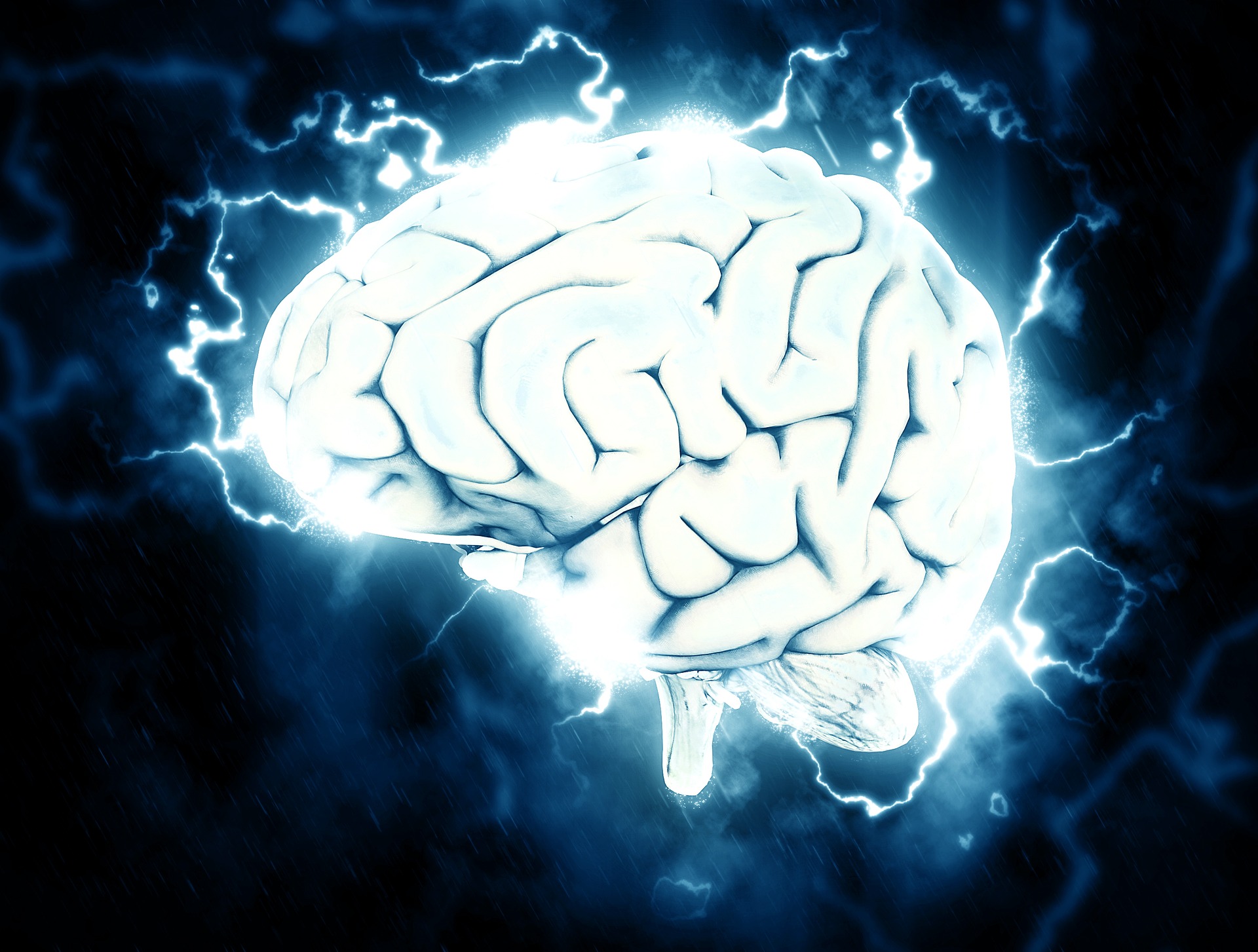
SHARE THIS ARTICLE:
Evidence: Novel Inducers of Inflammatory Mediators in Neuro-Lyme
 The Journal of Inflammation (JMI), (Parthasarathy, G; et al.) published “The FGF/FGFR system in the microglial neuroinflammation with Borrelia burgdorferi: likely intersectionality with other neurological conditions,” January 17, 2023. In this study, researchers investigated the role of the FGF/FGFR system in primary rhesus microglia which is shown to be the most significant neuronal support cell for neuroinflammation in the central nervous system (CNS). Primary microglia functions primarily as an immune cell. This is apparently the first extensive FGF/FGFR study for Lyme disease and other neuro-bacterial infections.
The Journal of Inflammation (JMI), (Parthasarathy, G; et al.) published “The FGF/FGFR system in the microglial neuroinflammation with Borrelia burgdorferi: likely intersectionality with other neurological conditions,” January 17, 2023. In this study, researchers investigated the role of the FGF/FGFR system in primary rhesus microglia which is shown to be the most significant neuronal support cell for neuroinflammation in the central nervous system (CNS). Primary microglia functions primarily as an immune cell. This is apparently the first extensive FGF/FGFR study for Lyme disease and other neuro-bacterial infections.
Microglia isolated from frontal cortex tissues of rhesus macaques was used for investigation of the roles of several fibroblast growth factor receptors (FGFRs) and fibroblast growth factors (FGFs) in Borrelia burgdorferi (Lyme disease pathogen) neuroinflammation. Several methodologies were employed to extensively examine the roles of FGFRs and FGFs in neuroinflammation of microglia due to B. burgdorferi exposure−each described in detail in the report.
Results show that FGFs and FGFGs are inducers of inflammatory mediators (cytokines and chemokines) in Lyme neuroborreliosis. They also show that non-viable B. burgdorferi can influence inflammatory mediators from primary microglia. Authors state unresolved, long-term neuro-Lyme infections can contribute to the development other neurologic conditions by increasing pathogenic FGFs, by inhibiting beneficial FGFs, or in some cases, both.
The results provide a greater understanding of how a neurological bacterial infection can contribute to, or even exacerbate, neurological diseases and/or conditions. This new understanding sheds light for development or implementation of more effective treatment approaches.
For More Information
Click here for PDF of the Article
Read more LDA articles on Neuro Lyme





